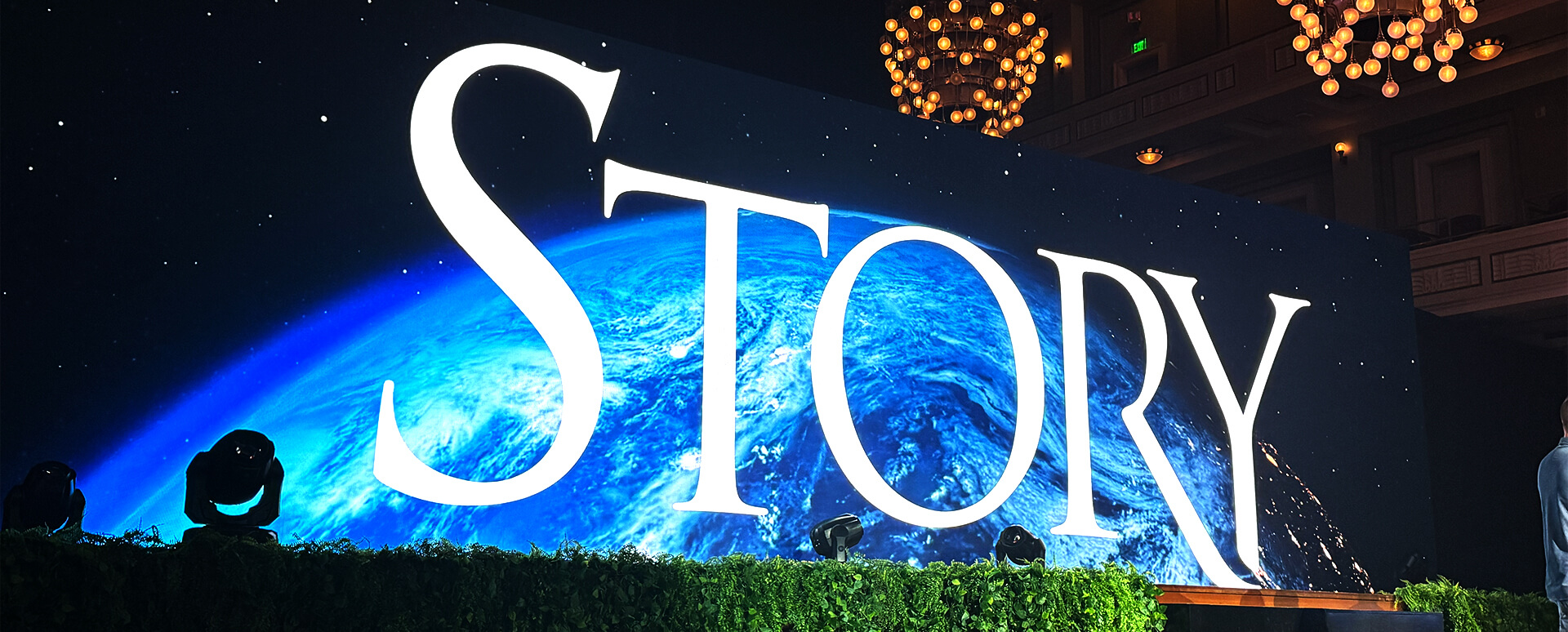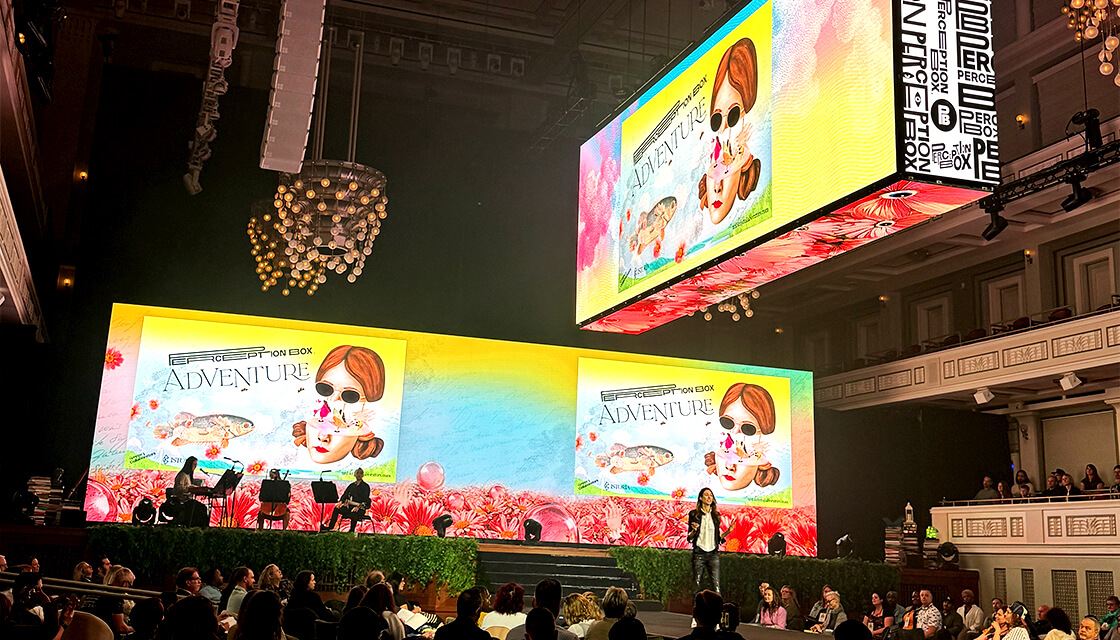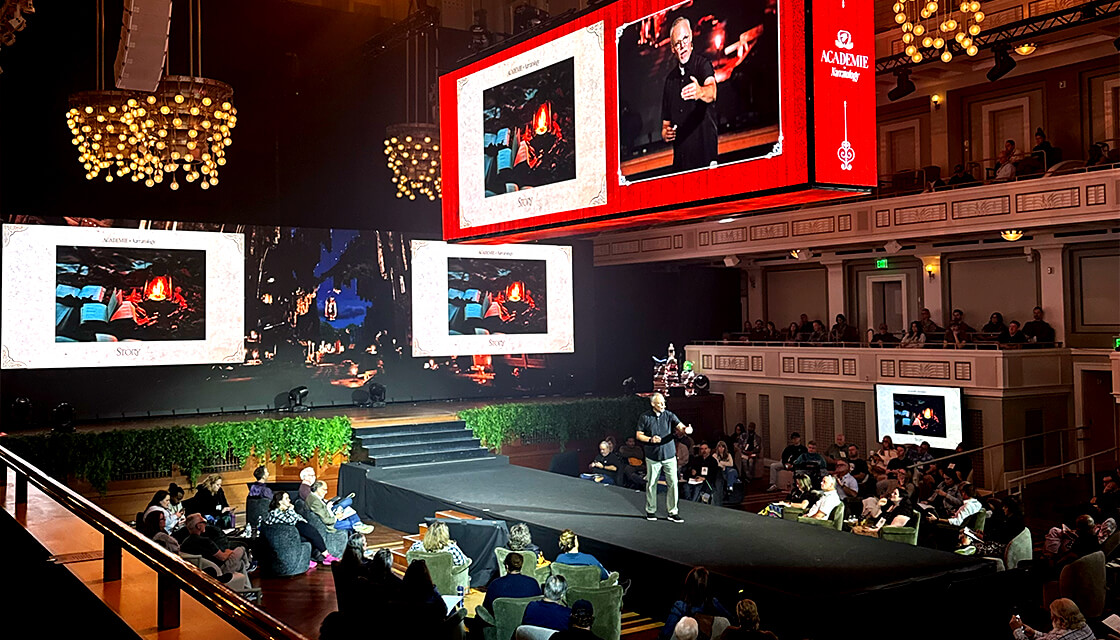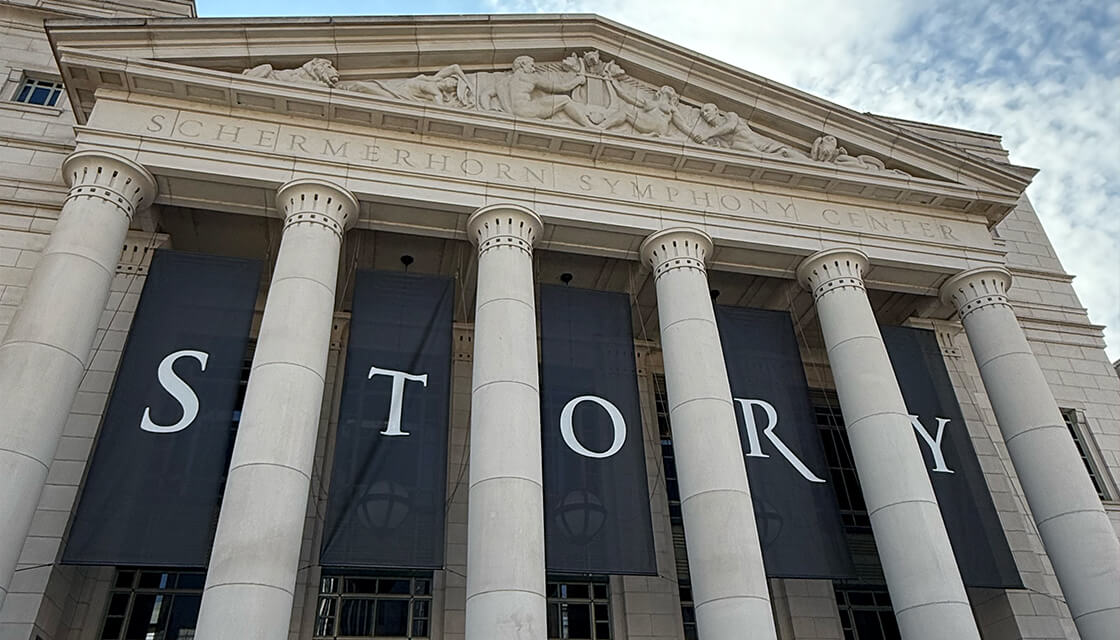
Imagination as a Competitive Advantage
In an age where attention is shrinking, platforms are multiplying, and everything feels like it is accelerating, clarity has become the ultimate advantage.
STORY 2025 in Nashville during early October did not hand out formulas for louder campaigns. It offered something rarer. It held a mirror up to the way we lead, imagine and tell stories.
For leaders in any discipline, from creative to marketing to the boardroom, storytelling isn’t what follows strategy. It is the strategy.
What follows are three insights from the STORY 2025 curriculum (called The Academie of Narratology) that cut through the noise and speaks to what it takes to build work that lasts.

1. Wonder Is the Starting Line of Strategy
There was a time when wonder was our default setting. In 2025, we scroll and Google our way through it. We trade curiosity for certainty. But the most powerful ideas, the ones that shape markets, movements, and moments, are born in the pause before the answer.
Louis Kahn once said, 'The highest to which man can attain is wonder; and if the prime phenomenon makes him wonder, let him be content.' That was the through line in Nashville. Before we start talking about differentiation, campaigns, and budgets, there is a more human question: what if.
That gap between what we think we heard and what we really do not know is not a problem to fix. It is the room where possibility lives. The best creative work does not come from having all the answers but from being brave enough to ask bigger questions. One speaker shared that in brainstorming, the first 21 ideas should simply be what ifs. No judgment. No pruning. Just widening the lens until something unfamiliar but true emerges.
And maybe the real challenge is not that we do not dream big enough, but that we do not have enough people around us who help us dream bigger. Creativity is not binary. It is not 'I am creative' or 'I am not.' Creativity is a mindset, and wonder is its spark.

2. Storytelling Is Not a Tactic. It Is Infrastructure.
Storytelling is not the layer you apply at the end of the process. It is the foundation everything else stands on. When it is strong, decision making accelerates. Teams align. Brands lead. When it is weak, everything wobbles.
One idea from the week landed like a stone dropped into still water: 'When you live for the approval of others, you will live by their rejection.' Brands that build stories around external validation end up reacting instead of leading. Those that build from a clear sense of purpose create gravity. They set the tempo. Others orbit around them.
A good story also does not just explain, it endures. In 1935, the average lifespan of a business was 90 years. By 2010, that number had dropped to 14. In a disposable society, almost nothing we build is designed to last. An oak tree takes 300 years to grow, 300 to live, and 300 to die. In tree time, the first 5 to 10 years are spent growing unseen, roots not branches. If we want stories and brands that last, we need to build them like oak trees. With intention. With deep roots. With the patience to value what is not yet visible.
And in that work, we also have to deliver the unexpected through the expected. The things that surprise, delight, or move us do not often come from novelty alone. They come from clarity meeting imagination.

3. Vulnerability Is the Bridge
The stories that move people are rarely perfect. They are honest. They let the light through. In a room full of storytellers, the most resonant truth was not about craft. It was about courage.
Wonder gets us started. Storytelling gives it structure. Vulnerability gives it weight. When brands are willing to be seen as human and not flawless, they create the conditions for trust. They give people a way to find themselves inside the narrative.
This does not mean broadcasting pain or turning every story into a therapy session. It means showing up consistently. The act of storytelling, especially in leadership, is not a one-time performance. It is a practice and you have got to keep showing up every day.
At STORY 2025, this was captured in the idea of the flame. Not a fragile spark, but a deliberate and enduring source of light. Every story needs people who will tend to it, protect it, and make sure it doesn’t burn out when attention shifts.
The flame has three parts. People as possibility. Communication as illumination. Accountability as sacred trust.
Leadership is not about clutching the flame for yourself. It is about ensuring it keeps burning so others can see by it.

The Work Ahead
We are entering what some are calling the Imagination Age. Tools will change faster than we can name them. Platforms will rise and fall. What will matter most are the leaders who can anchor the swirl of change in stories that mean something.
Wonder gives us the courage to dream. Storytelling gives us the structure to lead. Vulnerability gives people a way to come with us.
The question is not whether storytelling matters to leadership. It is whether we will use it as ornament or as infrastructure. Whether we will settle for scrolling through wonder or stop long enough to let it shape something lasting.
Because when storytelling is clear, everything else follows.





